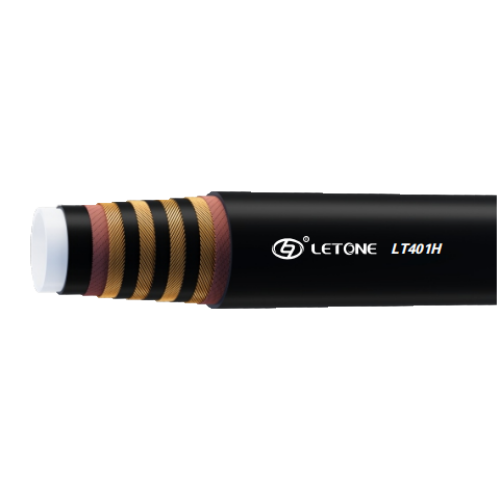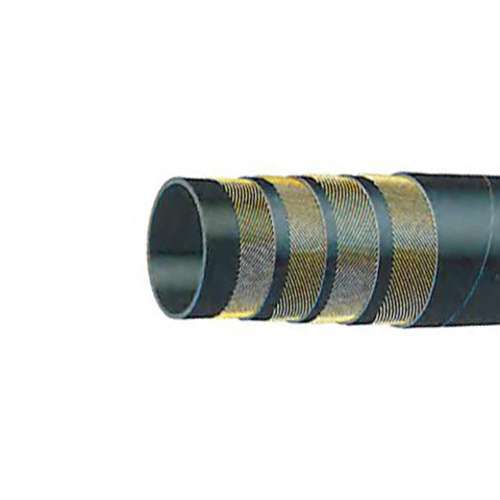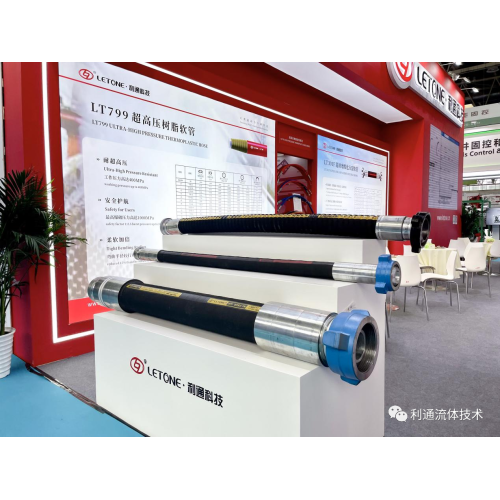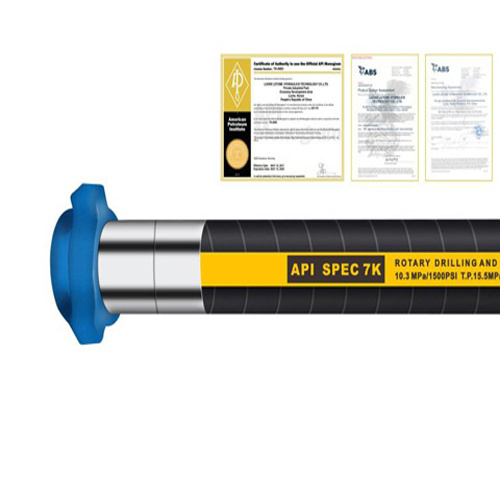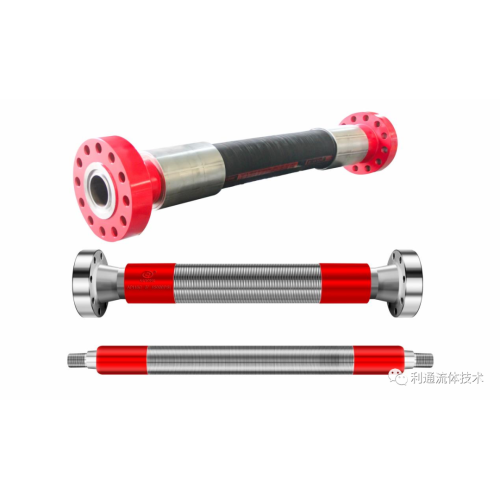The chemical process of forming a three-dimensional network body structure after the phenolic resin is transformed from the (A) stage to the (B) stage and the (C) stage is called the curing of the phenolic resin. The curing of phenolic resins is mainly a condensation reaction of hydroxymethyl groups. Generally, it is carried out in two ways. One is the condensation reaction of hydroxymethyl groups with the active hydrogen on the phenol ring to form methylene groups; the other is the hydroxymethyl group. Condensation reaction occurs between methyl ether
1, heat curing
Resole resins contain a relatively large amount of hydroxymethyl groups, which are solidified upon heating due to the condensation of methylol groups with the ortho-positional active hydrogen of the phenol ring and the etherification of the hydroxymethyl groups themselves. That is to say, the methyl bond and the ether bond simultaneously generate and release low molecular moisture when heat curing, and the total curing process is about 30 minutes when heated at 150-1600C.
2, alkali curing
The phenolic resin can be cured with one or more weaker or stronger basic catalysts, such as sodium hydroxide (NaOH), barium hydroxide (Ba(OH)2), magnesium hydroxide, ammonia, and the like. Alkaline phenolic resin curing is a secondary fertilizer, which is related to the concentration of hydroxymethyl, free formaldehyde can promote curing.
3, acid curing
The phenolic resin can be cured at a relatively low temperature by adding an appropriate acidic curing agent such as hydrochloric acid, phosphoric acid, sulfuric acid, p-toluenesulfonic acid, petroleum sulfonic acid, p-chlorobenzene sulfonic acid, and the like.
The curing reaction of the phenolic resin must be carried out at a high temperature (150-1800C), and the industry generally controls about 1700C. Due to the curing reaction and the release of low molecular weights, a pressure of 0.3 to 1.5 mpa must be applied. The purpose of pressurization is to overcome the porosity of the solidification process (such as moisture, solvent, and formaldehyde) and create pores in the adhesive layer.

